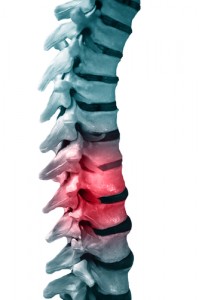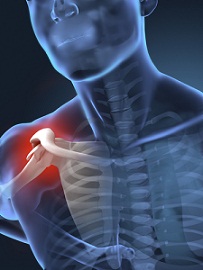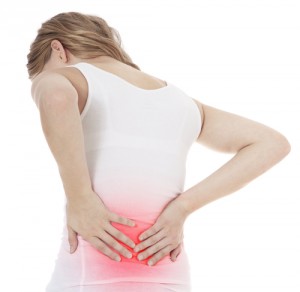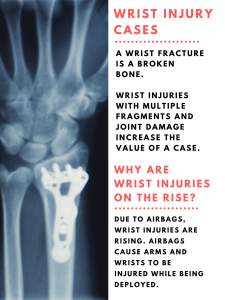Chemical hair relaxer (also known as hair straightener) is a product used by millions of African American women. New medical research now shows that chronic exposure to the chemicals in hair relaxer products disrupts the hormone system and leads to an increased risk of uterine cancer. Product liability lawsuits are now being brought against cosmetic companies by women who used hair relaxers for years and developed uterine cancer.
The product liability lawyers at Miller & Zois are now seeking cases from women not only in Maryland but nationwide who used chemical hair relaxers or hair straighteners on a regular basis for a minimum of 5 years and were subsequently diagnosed with uterine cancer. Contact us about a hair relaxer lawsuit today by calling 410-779-4600.








